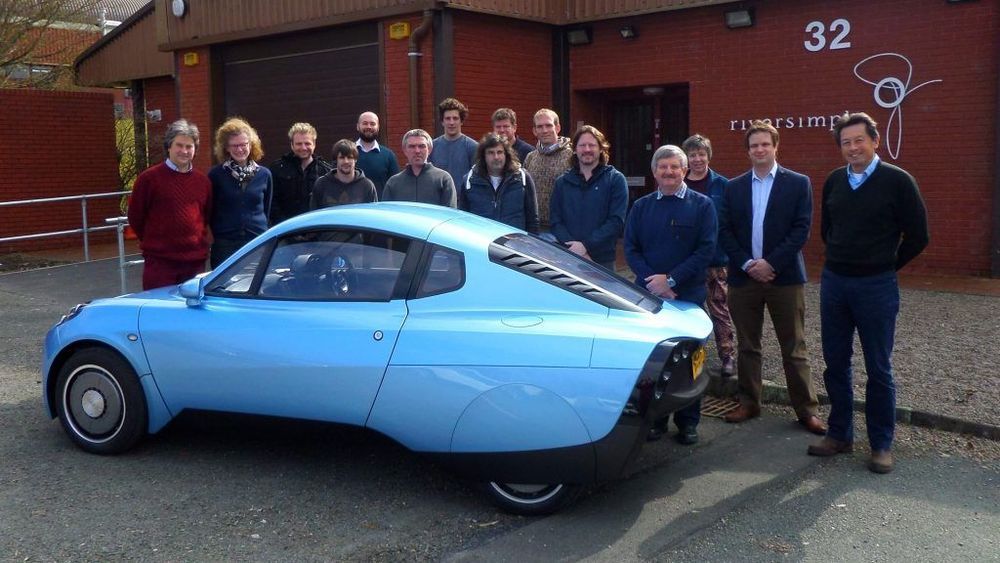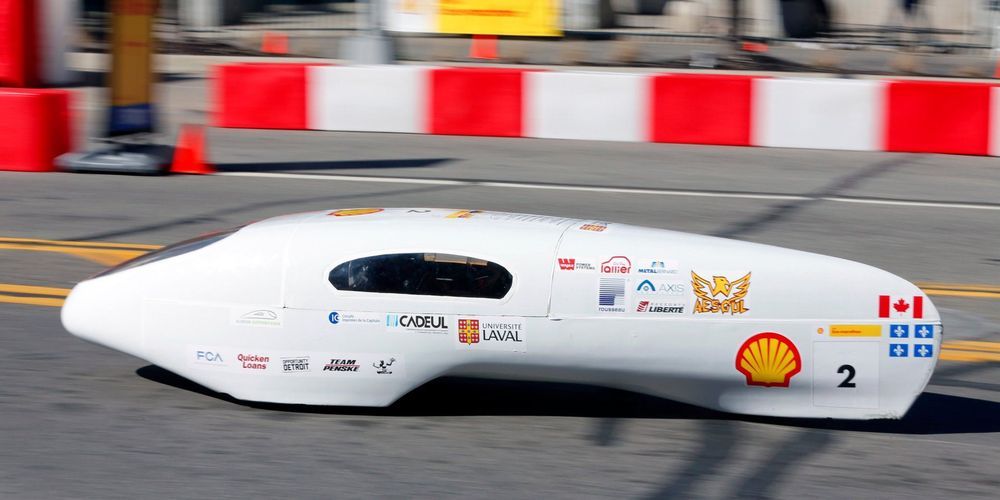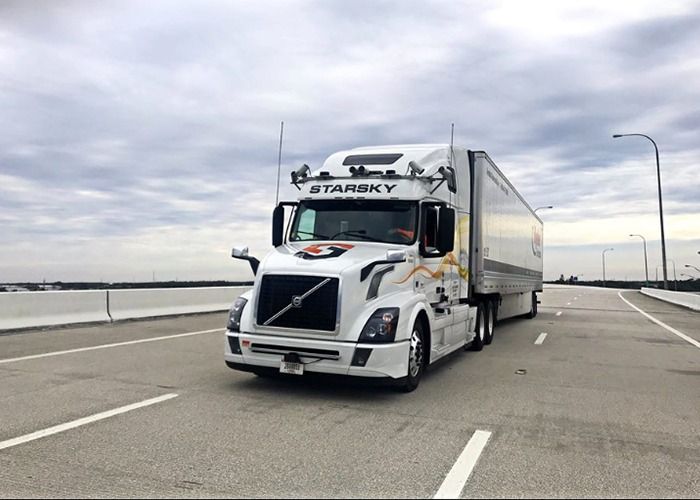This is already happening on a small testing scale; the Big roll out is coming in 4 or 5 years.
UPS has been delivering a new kind of automated mail — and it’s not via email.
The parcel delivery company has revealed a collaboration with TuSimple. In a statement, they said that, since May, the autonomous truck company has been carrying UPS cargo on a 115-mile route between Phoenix and Tucson.
RELATED: NEW VIDEO SHOWS TESLA’S FULL SELF-DRIVING TECHNOLOGY AT WORK





